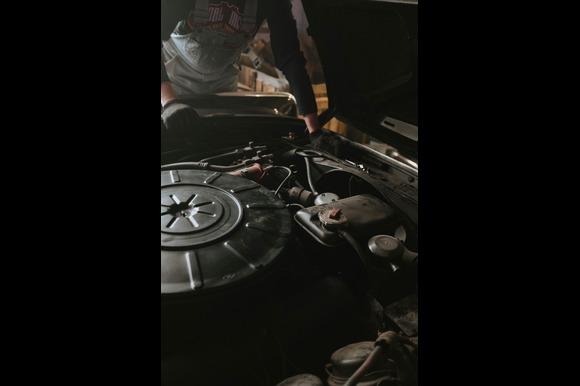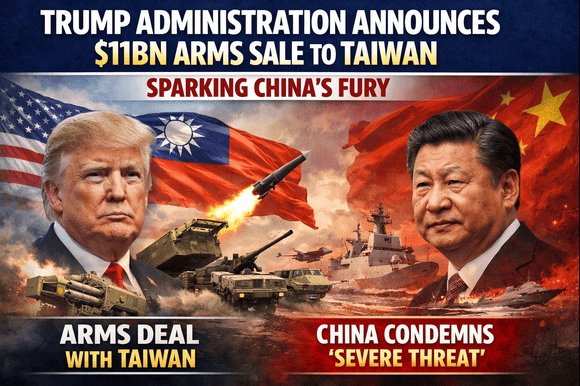
Photo by cottonbro studio
As China’s green transformation accelerates, the waste generated from electric vehicle (EV) batteries and solar panels is rapidly evolving into a lucrative industry, as reported by the South China Morning Post. Chinese enterprises are experiencing an increasing demand for recycling machinery that extracts valuable metals such as lithium, cobalt, and nickel from depleted lithium-ion batteries and decommissioned photovoltaic modules. These materials, often referred to as ‘white gold’, hold considerable value and are essential to China’s strategy for mineral self-sufficiency.
At a recent environmental technology trade exhibition in Shanghai, it was observed that approximately 70 percent of the participating companies now focus on recycling equipment for batteries and solar panels. This trend reflects a national shift towards circular economy practices, spurred by the rising amounts of new-energy waste and stricter regulations.
Following a decade of rapid growth in the EV sector, the retirement of batteries in China is accelerating. Forecasts indicate that by 2028, over four million tonnes of used car batteries will be discarded each year, potentially creating a recycling market valued at more than 280 billion yuan ($38.5 billion). Additionally, the waste from solar panels is expected to increase significantly in the next five years. In light of escalating global trade tensions and difficulties in obtaining mineral supplies from abroad, China is intensifying its domestic recovery initiatives.
Last year, a state-owned giant, China Resources Recycling Group, was established to enhance the recycling of various materials, including electronics and wind and solar infrastructure. Nevertheless, the industry remains in its infancy. A white-list policy regulates 156 certified recyclers; however, illegal operations continue to prevail due to inadequate collection networks, as noted in the report. Despite technological advancements, such as CATL’s assertion of recovering over 90 percent of essential materials from old batteries, many recyclers are grappling with overcapacity as the legal supply falls short.
China is home to 177,000 enterprises focused on battery recycling, with over sixty percent established in the last three years. Enhanced regulatory oversight is essential in the electric vehicle sector. As regulatory support increases and the adoption of electric vehicles accelerates, industry stakeholders anticipate a rise in waste volumes and investment prospects. However, experts caution that without stricter oversight and improved infrastructure, China’s goals for a sustainable closed-loop economy may encounter significant challenges. Given that lithium-ion batteries have a limited lifespan and the availability of raw materials such as lithium, cobalt, and nickel is diminishing, recycling these batteries is crucial for sustainability, cost-effectiveness, and resource security.
In India, used electric vehicle batteries are either repurposed for secondary applications like stationary energy storage or recycled to extract valuable materials such as lithium, cobalt, and nickel. The Indian government is also formulating standards for battery recycling, including the Battery Waste Management Rules of 2022, which require electric vehicle manufacturers to collect and recycle used batteries.
Additionally, the Production-Linked Incentive Scheme for Advanced Chemistry Cells promotes the establishment of a circular battery economy, alongside initiatives like the Swachh Bharat Mission and E-Waste Management Rules. A report by S&P Global in 2024 predicts that the demand for lithium-ion batteries in India will soar from 4 GWh in 2023 to 139 GWh by 2035, primarily driven by the light vehicle sector, particularly compact SUVs. The same report forecasts that domestic sourcing in India will rise to 13 percent by 2030, reducing the current heavy dependence on imports from China, South Korea, and Japan.



